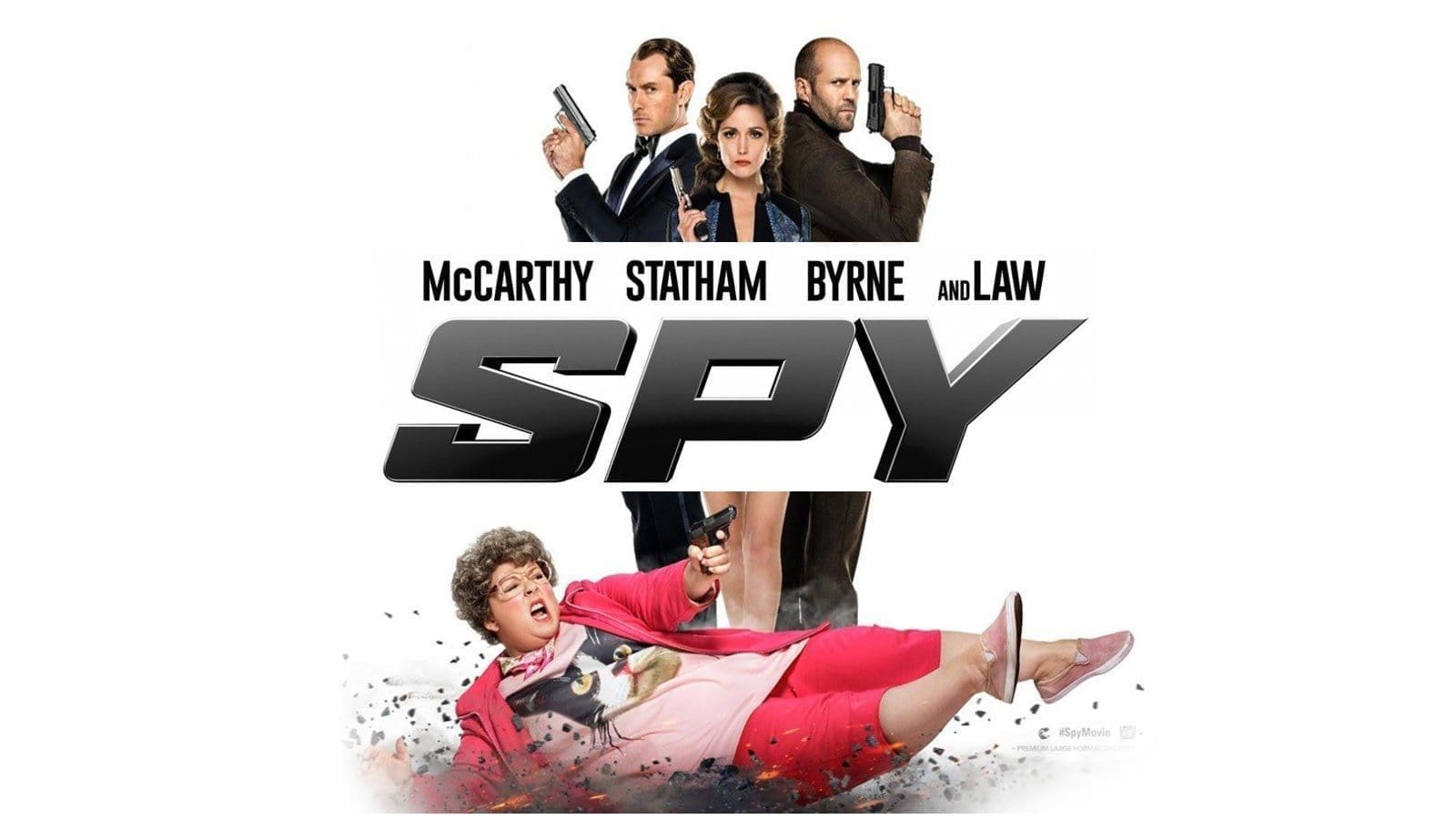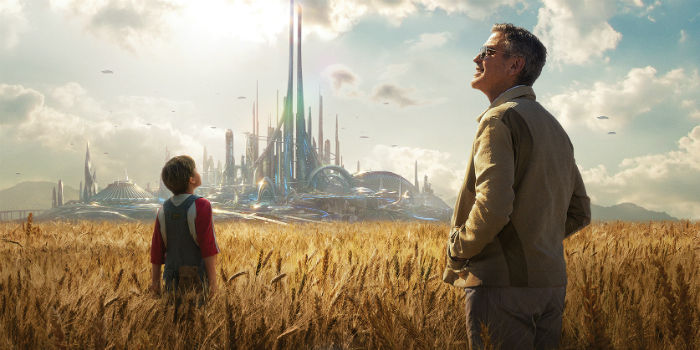With the release of Pixar’s latest film “Inside Out,” there’s been a lot of discussion by critics and fans about where the film stands among the best and worst within the studio’s animated catalog. Usually this only happens if they release something remarkable on either side of the quality binary. Luckily for us, and the Disney affiliate, this is a near-perfect movie and faith restorer for those who felt something lacking from their last three efforts; “Cars 2,” “Brave,” and “Monsters University.”
It seems redundant to call a movie
about the inner workings of human emotions emotional, but director/co-writer Pete
Doctor—the same guy who ripped our hearts out with his 2009 feature “Up”—knows a
thing or two about how to cut to core of the human experience through the whimsical
mechanics of animated fantasy.
The fantastic world of “Inside Out”
takes place within the mind of a 12 year old girl named Riley (Kaitlyn Dias) who
is struggling to adjust to new conditions when her parents move her from her
friends and her hockey team in Minnesota into a cramped townhouse in San Francisco.
Insider her head are five distinct emotions, Joy (Amy Poehler), Anger (Lewis
Black), Fear (Bill Hader), Disgust (Mindy Kaling) and then there’s Sadness (Phyllis
Smith), who’s often misunderstood and ostracized from the group. When Sadness
accidentally changes the emotional make-up of one of Riley’s core memories, she
and Joy must travel to the farthest reaches of memory storage to fix the
problem before their host becomes chronically depressed and makes a bad
decision.
What strikes me most about this charming
and vulnerable film is how sophisticated and complex the plot is without ever
losing sight of the characters’ personal story. When it comes to explaining how
memories are formed and stored, the roles and duties of each emotion, the infrastructure
of Riley’s personality traits, and the rules of how this world functions, the
movie never loses sight of the emotional arch that bonds all of these screenwriting
chutes and ladders. Never mind the fact that there’s essentially two different stories
going on simultaneously that are interconnected and effected by these
rules. A lesser filmmaker with a weaker
vision could have let all this exposition and world-building overwhelm the
characters and freeze out any chance for the audience to connect. The fact that Doctor managed to make all of
it work without the movie feeling muddled or labored makes this a truly special
achievement.
Thematically, like “Up,” “Inside Out”
is interested in exploring the difficult truths of accepting pain and loss and
how these feelings are inexorably linked with the joyful highlights of our
development. Opposites create opposites and each emotion has a function that
keeps us balanced and grounded, even if they don’t always feel good when we’re
feeling them. Again, these themes may seem broad and obvious when you state
them out loud, but when they’re manifested as actual characters with their own
goals to achieve within the plot, the allegorical nature of the story has a lot
of work to do to make it seem as effortless as it does. Much of this is achieved through the bright
and breezy animated style of the film.
Compared to the ocean vistas of “Finding
Nemo” or the vast, post-apocalyptic ruins of “Wall-E,” some might find this
cartoony, Care-Bear-ish aesthetic visually less ambitious, and it is, but had
the animation been overly textured or severely detailed it might have added
more weight to what was already a tonally and structurally heavy film.
Like all of the best Pixar features,
“Inside Out” bridges the parent-child viewing experience in a way that doesn’t
feel like they’re throwing a bone to the adults who’re forced to bring their
kids to the multiplex. It’s funny, tender, imaginative, painfully true, and it’s
likely to remain one of the best films of the year.
Grade: A+
Originally Published in the Idaho State Journal/June-2015



